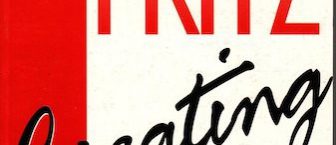Writing creatively involves an unusual and contrary set of laws. People get into trouble and waste an awful lot of time as they are unaware of the rules governing the creative process, which are very different from the way most of us tackle problems in life.
 One of the aims of our introductory and prerequisite 4-Week Unlocking Creativity course is to give you a practical understanding of the creative process. The course provides tools and techniques that will unlock your creativity, and dramatically improve the quality of your writing and storytelling ability, whether you are an experienced writer, an absolute beginner or somewhere in between.
One of the aims of our introductory and prerequisite 4-Week Unlocking Creativity course is to give you a practical understanding of the creative process. The course provides tools and techniques that will unlock your creativity, and dramatically improve the quality of your writing and storytelling ability, whether you are an experienced writer, an absolute beginner or somewhere in between.
Many of our published writers have said that when stuck, they often go back to the principles they learned in the first sessions of Unlocking Creativity to solve their writing problems. Below are some of the key elements the course covers.
1. Your Imagination – The True Source Of Your Creative Power
When it comes to writing, learning to tap into the power of your imagination makes all the difference.
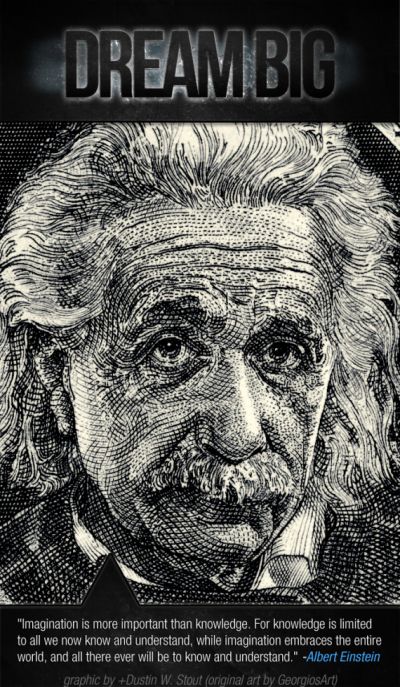
“Imagination is more important than knowledge. For while knowledge defines all we currently know and understand, imagination points to all we might yet discover and create.” Albert Einstein
We believe fiction writing is an act of discovery and the imagination is the true source of creative power that gives your writing that quality that makes readers want to read what you have written.
When someone asked Thomas Keneally where his stories came from, he replied, “From somewhere over the rainbow.” That is where we aim to take writers during the four weeks of our Unlocking Creativity course.
Most writers are their own harshest critics. Many people start the course feeling anxious about their writing and questioning their creative ability. It seems to go with the territory.
However, by the end of the first session, after they and the other writers in their group, have applied practical tools and techniques that enables them to access the power of their imagination, they are on a creative high realising just how talented they and everyone else in the course are. For most people this is an inspiring and eye opening experience.
The purpose of technique is to free the unconscious. If you follow the rules ploddingly, they will allow your unconscious to be free. That’s true creativity. If not you will be restricted by your conscious mind. Because the conscious mind always wants to be liked. The conscious mind is always going to suggest the obvious, the cliché, because these things offer the security of having succeeded in the past. Only the mind that has been taken off itself and put on a task is allowed true creativity.
David Mamet
And the growth in my writing… WOW. Just wow! I never realised how much the stories in my head would just FLOW, if only I would let them! I have always been so critical of myself that I never allowed the words to find their way easily onto the page. Now, I am writing things that are so much more interesting than anything I’ve ever put on paper before, because I am allowing myself freedom to create, rather than stagnate. Instead of editing a paragraph, I am writing another one. And that is how the story flows.
Kylie Allen
2. Evoking Emotion in Your Reader
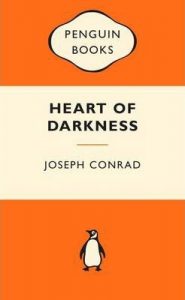 Writing fiction is not an intellectual exercise. One of the keys to creating powerful fiction is to evoke emotion in your readers. This is what draws readers into your fictional world and keeps them there.
Writing fiction is not an intellectual exercise. One of the keys to creating powerful fiction is to evoke emotion in your readers. This is what draws readers into your fictional world and keeps them there.
“The first rule of successful storytelling is … find a feeling.” Dwight Swain, Techniques of the Selling Writer
In fiction, it is not about writing about what actually happened, rather it is about connecting with the emotional truth of a situation, a universal emotional truth.
When people learn how to do this in Session Two of Unlocking Creativity, their characters come alive on the page and their writing goes to another level.
All art, therefore, appeals primarily to the senses, and the artistic aim when expressing itself in written words must also make its appeal to the senses, if its high desire is to reach the secret springs of responsive emotion. To make you see, to make you hear, to make you feel, that is all and that is everything.
Joseph Conrad
3. The Importance of Significant Detail
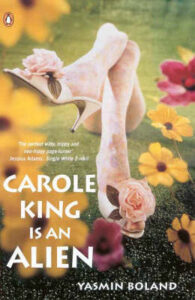
You can’t just tell the reader the emotion your character is experiencing, you have to show them. You do this by using bricks of significant detail. That is the details that show your character’s emotional state.
You want to create images on the page that evoke emotions and create a ‘dream’ in your readers’ minds. And learning to see the extraordinary in the ordinary.
We read five words on the first page of a really good novel and we begin to forget we are reading printed words on a page; we begin to see images – a dog hunting through garbage cans, a plane circling above Alaskan mountains, an old lady furtively licking her napkin at a party. We slip into a dream, forgetting the room we’re sitting in, forgetting it’s lunchtime or time to go to work.
John Gardner, On Becoming a Novelist
Reading back over my first novel, I’m aware of a change at the point where I started doing the Writers’ Studio course (Unlocking Creativity). It’s where my descriptions went from run of the mill to, I think, much more visual. No one can give you a secret formula for ‘how to write’, but the Writers’ Studio seems able to unleash the wild writer beast in us all!
Yasmin Boland, Carole King is an Alien
4. An Introduction to Classic Story Structure

One of the keys to making your story work is developing a practical understanding of how classic story structure works.
Story structure gives your writing shape and meaning, takes your reader on an emotional and spiritual journey and keeps them turning the pages wanting to know what happens next.
If you learn the craft and put the work in, you will write stories that other people will want to read.
The art of writing is immensely more difficult than the beginning writer may at first believe but in the end can be mastered by anyone willing to do the work.
John Gardner
Before I did the Unlocking Creativity course I knew I loved to write creatively but had no idea how I might start to channel that into something like a novel. The course teaches the basics of storytelling in a really accessible and inspiring way. Things like the importance of sensory detail in scene setting, writing a character’s emotion and conflict on every page. The techniques really worked for me and I’m still a little bit amazed I was able to write a book and have it published using them. I refer to the notes I took during Unlocking Creativity even while I’m working on my second book for Penguin.
Vanessa Stubbs, Star Attraction
5. A Step-by-Step Process
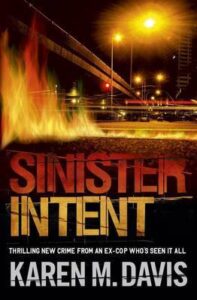
“When forced to work within a strict framework, the imagination is taxed to its utmost – and will produce its richest ideas. Given total freedom, the work is likely to sprawl.” T.S. Elliot
Writing a novel or screenplay can be overwhelming. You need to break the process down into manageable chunks.
To write the best story you are capable of writing and to enjoy the experience, you need a process to guide you every step of the way. Having a process helps you connect with the power of your imagination while writing fiction that takes you, your characters and ultimately your readers on a profound journey.
After two unsuccessful manuscripts I was searching for a creative writing course I could do to give me the confidence and tools needed to find a stronger voice and allow me to tap into my imagination. Unlocking creativity did all this and more. I walked away from this course feeling much more confident in my own abilities as well as full of motivation to start my next manuscript, which turned into my first fictional crime novel Sinister Intent, published this year.
Karen Davis, Sinister Intent
6. Positive Feedback – The Breakfast of Champions
“Applaud every small victory, because every time you applaud a small victory, you create an environment in which a larger victory can grow.” Victoria Nelson
 Giving and receiving positive feedback is an essential part of the Unlocking Creativity process. Some people find this a challenging concept at first. Our competitive culture has made it easier for us to criticise and to receive criticism, rather than praise. And it is plays havoc with our self-confidence and self-image.
Giving and receiving positive feedback is an essential part of the Unlocking Creativity process. Some people find this a challenging concept at first. Our competitive culture has made it easier for us to criticise and to receive criticism, rather than praise. And it is plays havoc with our self-confidence and self-image.
We need to silence our inner critic and censor. As with any other kind of creative development, we see ourselves through someone else’s eyes and ears. Many people may initially feel exposed and vulnerable during this process. Acknowledgement and receiving positive feedback nourishes and stimulates creativity. It allows others to see the gems in your work, which your inner critic may otherwise blind you to.
Re-writing and editing, which is where every word must count, comes into play in later drafts. Most people also find this process an uplifting experience, because when you take out what is not working in your writing and just leave what is, the writing jumps to another level. But as the saying says – you can’t edit a blank page.
I’ve just completed the most amazing course, one I set out to do not knowing what to expect or whether it would really benefit and nurture my dormant creative side. I never intended on even wanting to write fiction because I didn’t think I had the imagination to deliver a good story. I always felt creativity there but couldn’t find a way of awakening it. This has been quite a journey, a daunting one to begin but never one I felt I couldn’t do because the structure is so well prepared to gradually and gently increase my writing ability with a huge difference being evident between start to finish. I discovered that writing doesn’t need to be a scary experience but one to be embraced. It’s irrelevant if you think you can or can’t write because it’s deeper than what words can produce on paper, it’s a connection to something more within.
Natasha Dyson


